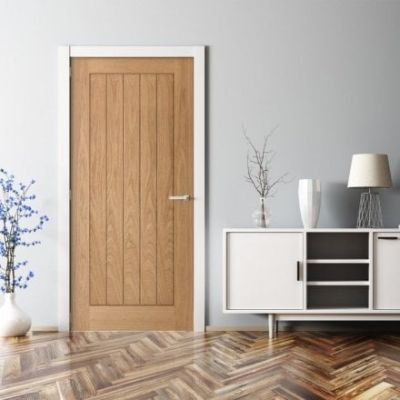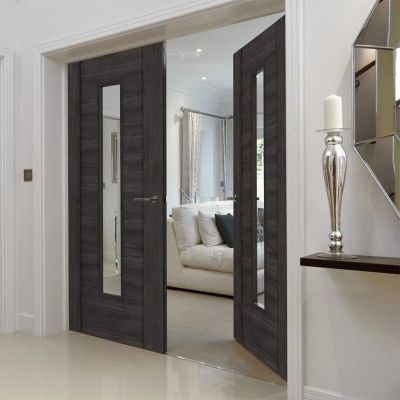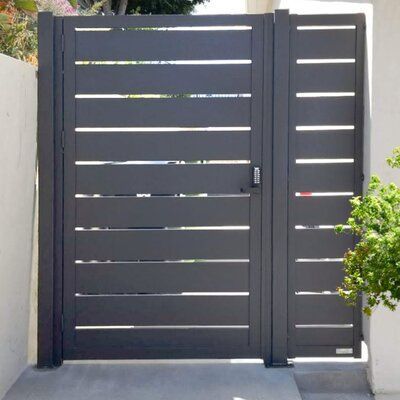Your Ultimate Guide to Understanding Door Terminology
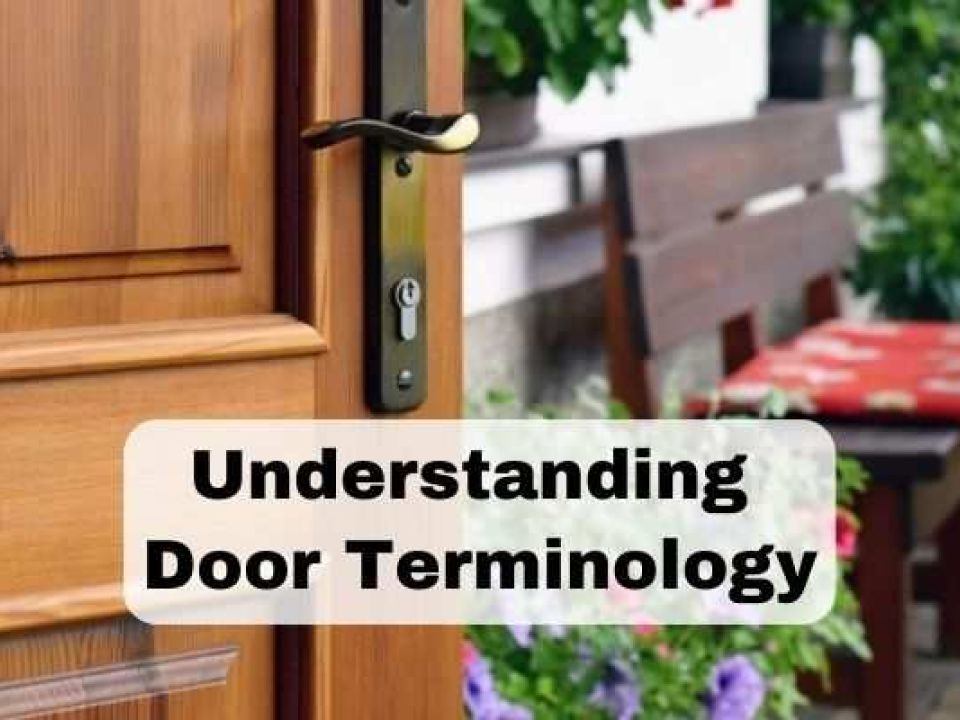
Have you ever gone to buy a new door and felt completely lost when the salesperson started using all sorts of unfamiliar terms? Well, you're not alone. To help you out, we've put together this quick guide to understanding door terminology. After reading this, you'll be a door expert in no time!
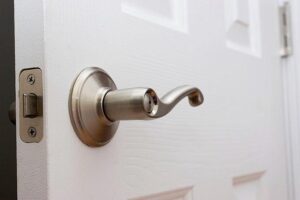
Your Guide to Understanding Door Terminology
When it comes to doors, there are a lot of terms that are thrown around that you may not be familiar with. Here is a quick guide to help you understand some of the most common door terminologies.Door Jamb:
The door jamb is the frame around the door. It includes the head jamb, the horizontal piece at the top of the door frame, and the two side jambs.Head Jamb:
The head jamb is the horizontal piece found at the top of the door frame. It helps support the door and keep it in place.Side Jamb:
The side jambs are the two vertical pieces that make up the sides of the door frame. These pieces are very important parts of the door.Rough Opening:
The rough opening is the space in which you will install the door. It should be slightly larger than the door to allow easy installation.Doorstop:
A doorstop is a trim that covers the gap between the door and the floor or jamb. It helps to prevent drafts and moisture from entering the home.Threshold:
The threshold is the strip of wood or metal placed at the door's bottom. It helps to seal out drafts and keep water from entering the home.Door Lever:
The door lever is the handle that is used to open the door. The door lever is usually located on the door jamb. It is important to make sure that the door lever is easy to reach and operate.
Door Knob:
The door knob is a round, knob-shaped handle to open the door. Moreover, the door knob is usually located on the door jamb.Deadbolt:
A deadbolt is a type of lock that has a bolt that you cannot open from the outside without a key. This makes it more secure than a regular doorknob lock.Keyed Entry:
Keyed entry locks require a key inserted into the lock to open it. This adds an extra layer of security to your home.Parts of Door Knob:
The parts of a door knob include the rose, the stem, the spindle, and the escutcheon. The rose is the decorative plate that covers the hole in the door. The stem is the part of the knob that extends through the door. The spindle is the rod that connects the knob to the latch. The escutcheon is the plate that covers the hole in the door where the keyhole is located. There you have it! These are just some of the many terms you may encounter when shopping for doors. Knowing what they all mean will help you to make an informed decision about the best door for your home.Final Verdict
Door terminology can be confusing, but it's important to know the different parts of a door. Now that you're familiar with the different parts of a door and its knob, you can feel more confident about choosing and installing one for your home. Thanks for following our guide! Related Article: How To Paint Wooden Kitchen Cupboard Doors 3 Point Locking System For Wooden Doors Elevate Your Property with Heritage Craftsmanship
Looking to enhance your period home with bespoke craftsmanship? At Old English Doors, we specialise in creating custom wooden doors, windows, porches, and more - designed to reflect your home’s unique charm. Contact us today for a personalised quote and bring timeless elegance to your property.
